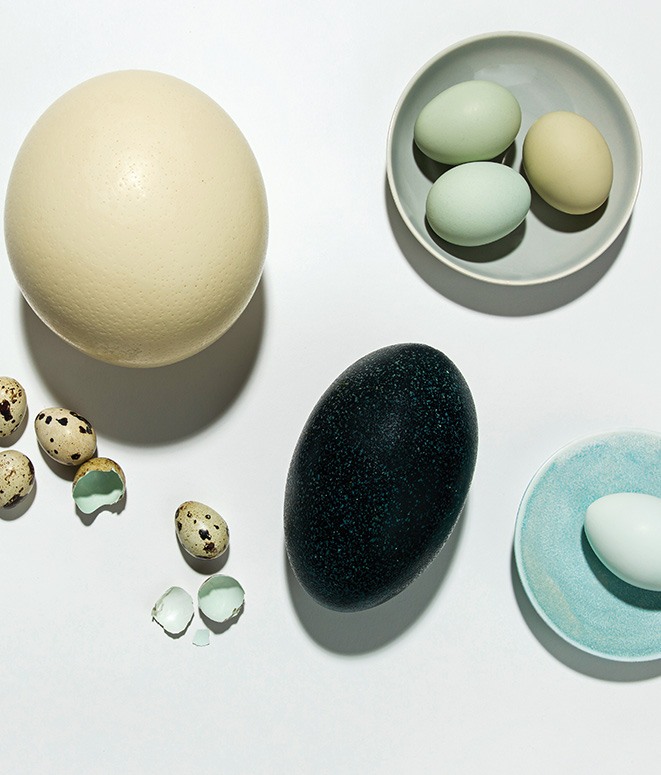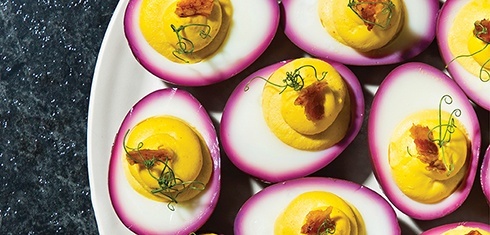BY HOLLY E. THOMAS
A fixture on the breakfast circuit, the garden-variety chicken egg has started to share space with some unexpected ovoid up-and-comers. As eggs from quail, ducks, and geese become increasingly popular in culinary circles, we’re cracking open the trend and exploring the flavor profiles, size differences, and nutritional benefits of various types of eggs, while introducing you to some of the most unusual options around.
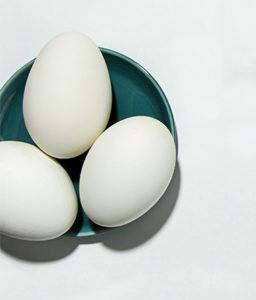
GOOSE
A goose egg resembles an older sibling of the conventional chicken egg—the white shell looks similar, but the goose egg’s size (roughly equivalent to two or three chicken eggs) sets it apart. The yolk-to-white ratio is noticeably higher in goose eggs, leading cooks to praise them for their richer, fattier flavor.
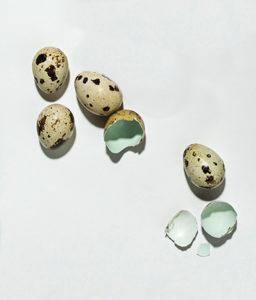
QUAIL
Small but powerful, quail eggs are renowned for their health benefits. High in folate, vitamin B12, iron, and other key nutrients, a single quail egg can offer up to four times the nutritional value of traditional chicken eggs. Their diminutive size makes them a perfect appetizer option for cocktail parties and get-togethers—try them boiled, pickled, or deviled.
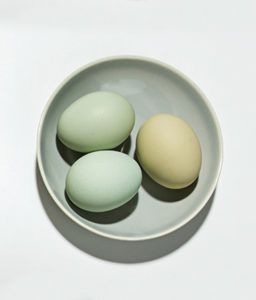
HEIRLOOM CHICKEN
At first glance, the most distinctive quality of an heirloom chicken egg is the beautifully colored shell, which can range from pale blue to olive to red-brown. Inside, the vibrant yolk is slightly larger than that of its conventional cousin, with a richer flavor that stems from the hens’ affinity for greens like alfalfa. Cook heirloom eggs to showcase their natural assets, from poaching to scrambling—or use the indulgent yolks in custard or flan.
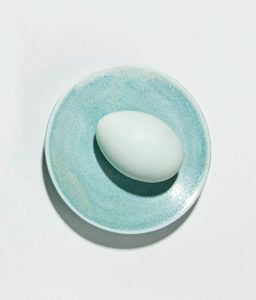
DUCK
Richer in flavor and texture than counterparts laid by chickens, duck eggs are the darling of the unconventional egg world. The bigger yolk delivers a higher concentration of fat and cholesterol than a chicken egg, but also packs in more omega-3 fatty acids and protein. A typical duck egg is about 50 percent larger than a standard jumbo chicken egg, and the bird’s diet of bugs, slugs, and snails results in more intense, creamy egg flavor.
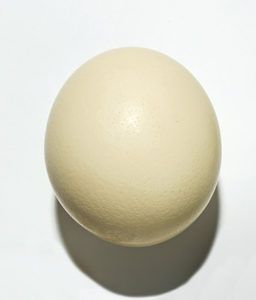
OSTRICH
Consider this one golden. Roughly equivalent to two dozen chicken eggs (and ringing up at $50 or more), ostrich eggs have been eaten since the days of the Phoenicians. They can weigh as much as five pounds, and if you want to boil one, be patient—it can take up to an hour and a half to cook.
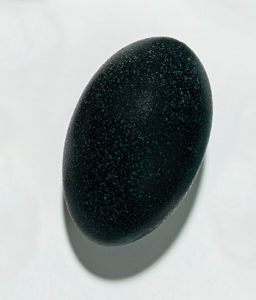
EMU
In a rich jade hue, emu eggs are undeniably striking. They’re also quite rare, so you’re more likely to find an emptied shell for crafting than an intact one for eating. Emus lay their eggs—which have an earthy, nutty flavor and a texture similar to duck eggs—from late fall to early spring, and each one is roughly equivalent to eight to 12 traditional chicken eggs.
Related RecipesVIEW ALL RECIPES
Duck Egg Brouillés
 Intermediate
IntermediateA sophisticated take on sous vide scrambled eggs that will satisfy (and surprise!) your brunch crowd.
Quail Egg Mini Tartines
 Intermediate
IntermediateElevate the brunch standby—eggs Benedict—with a quail egg and hollandaise sauce both made using sous vide.
Beet Juice Cryo-Concentrated Deviled Eggs
 Advanced
AdvancedBeet-stained deviled sous vide eggs topped with pork belly bacon add unexpected flair to your entertaining repertoire.
